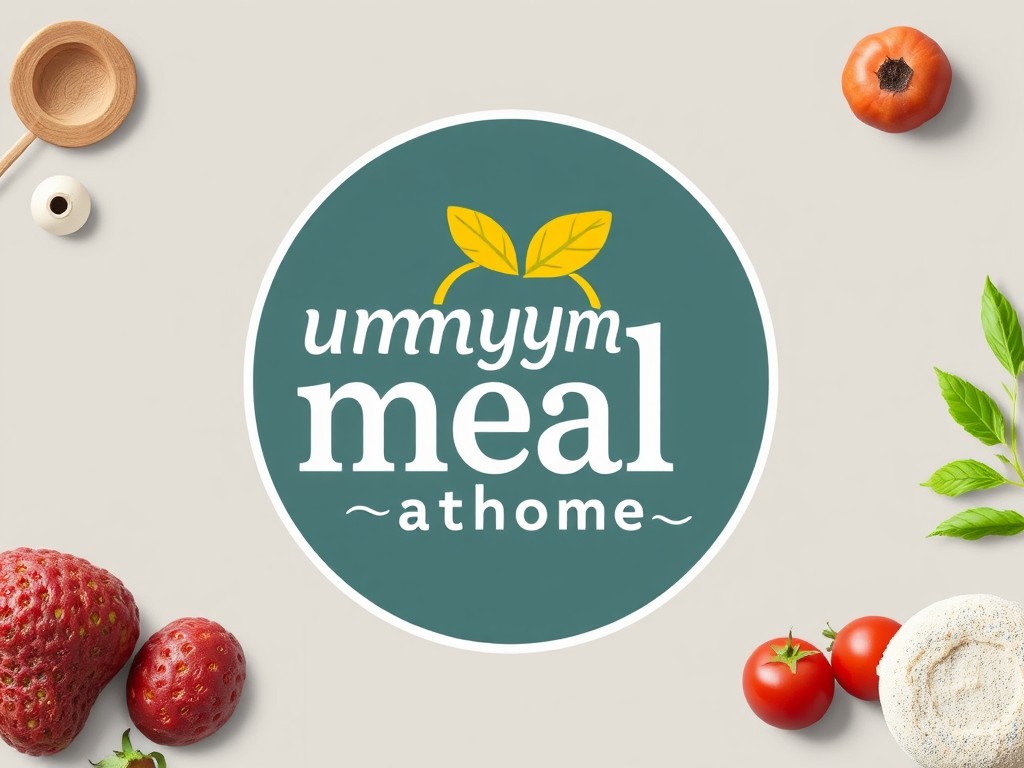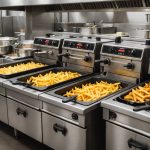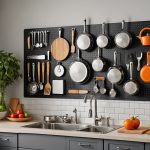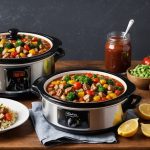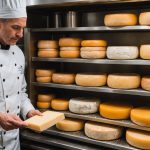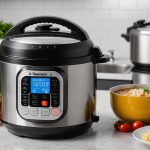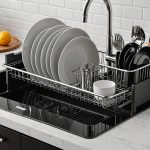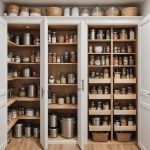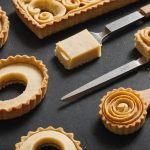Establishing a Kid-Friendly Baking Space
Creating a joyful baking area for children can inspire creativity and encourage learning. To start, designating a specific baking space ensures that all needed tools are easily accessible and safety measures are in place. A child-safe kitchen setup includes child-proofing the area, ensuring sharp objects and fragile items are out of reach, and using non-slip mats to prevent accidents.
When choosing storage solutions, consider shelves or cabinets at child-height, allowing little ones to independently select their baking tools. Transparent containers can be a useful addition to this setup, as they provide easy visibility and accessibility to ingredients and utensils. Make sure the kitchen layout is intuitive and organised.
This might interest you : Revamping a timeless kitchen: effortlessly integrating smart home innovations
An inviting atmosphere can be achieved with bright colours and playful decorations, creating an environment where children feel enthusiastic and engaged. Incorporate cheerful elements, such as colourful aprons and cookie cutters in fun shapes, to make the space more enjoyable.
Lastly, ensure that children are part of the entire baking process, from preparation to cleanup. This inclusivity not only helps them feel valued and responsible but also reinforces the concept of teamwork. By fostering a positive and safe environment, you encourage young bakers to develop their skills and passion.
Have you seen this : Creating an inclusive multi-sensory culinary journey for the visually impaired
Safety Measures for Baking with Kids
While baking with children can be a delightful experience, it’s essential to prioritise kitchen safety for children. Understanding age-appropriate tools and techniques can prevent mishaps and ensure a fun session for everyone involved.
Choosing the right tools is a great place to start. For younger children, consider plastic or silicone tools that are designed to be safer and easier for small hands. These tools not only enhance the cooking experience but also reduce the risk of injuries from sharp or heavy equipment.
Implementing safety protocols plays a fundamental role in making the kitchen a safe environment. Always encourage children to wash their hands before starting. Ensure that all cords are out of reach and that pot handles are turned inward. Child-proofing baking tools can prevent unintended accidents, such as securing knobs on the oven and using stove guards.
Supervision is crucial while promoting independence. Actively engage children in learning safe kitchen practices, such as how to stir ingredients without spilling or safely using a whisk. Teaching kids to respect tools and kitchen surroundings instils good habits early.
By establishing these safety measures, baking becomes not only a bonding activity but also a learning experience in responsible kitchen behaviour.
Fun Baking Recipes for Children
Involving children in the kitchen with engaging baking recipes can be a delightful way to teach them valuable skills while having fun.
Simple Recipes to Start With
Introducing children to baking can start with simple, kid-friendly baking ideas that don’t overwhelm them. Think of recipes like chocolate chip cookies or vanilla cupcakes. These not only keep things manageable but also teach fundamental techniques such as measuring and mixing. Emphasising easy-to-follow steps ensures kids can actively participate, boosting their confidence as they see the results of their efforts come to life. For additional variety, encourage them to add toppings like colourful sprinkles or chocolate chips, fostering creativity and fun.
Incorporating Seasonal Ingredients
Using seasonal ingredients in your baking projects not only adds flavour but makes the experience more educational for children. It’s an opportunity to discuss where these ingredients come from and why they’re available only at certain times of the year. For instance, during autumn, recipes featuring pumpkins or apples, such as pumpkin muffins or apple tarts, highlight these naturally. This approach not only enhances the taste but also connects children to the natural world, deepening their understanding of seasonal changes and the origins of food.
Organizing Your Baking Supplies
Managing your baking supplies effectively is key to maintaining an efficient kitchen. By implementing clever kitchen organization tips, you can streamline your baking process.
Start by categorising your supplies. Group them by type or purpose, such as flours, sugars, and decorating ingredients. This ensures easy access and saves time during cooking or baking sessions. Having everything in its place reduces stress and enhances kitchen productivity.
Consider using clear containers for visibility. They allow you to quickly assess stock levels and reduce waste. Paired with well-thought-out labels, they provide an aesthetically pleasing and functional organizational system. Labels can be updated as needed, ensuring everything stays current and recognizable.
Involving children in this process can be both educational and fun. Encouraging kids to help maintain order not only fosters responsibility but also makes them more interested in cooking and baking activities. Assigning them small tasks, like labeling jars or grouping similar items, can go a long way.
Remember, the ultimate goal of baking supply management is seamless accessibility and ease, ensuring every baking session is enjoyable. By emphasizing these kitchen organization tips, you’ll transform your space into a well-oiled culinary playground.
Engaging Activities Beyond Baking
Baking offers a delightful way to inspire learning and creativity beyond just preparing sweet treats. One effective approach is crafting themed baking events, such as holiday treats. These events can transform standard baking sessions into immersive experiences. Imagine turning your kitchen into a fantasy wonderland with gingerbread houses during Christmas or spooky cupcakes for Halloween.
Encouraging children to engage in baking also fuels their creativity. Offering opportunities to decorate allows them to express their personal flair. Provide a variety of frostings, sprinkles, and toppings, letting youngsters piece together their imaginative conceptions.
Furthermore, baking is a practical avenue to incorporate math and science into fun projects. Measuring ingredients provides a tangible lesson in volume and quantity, improving mathematical skills. As kids mix and bake, they observe scientific phenomena such as chemical reactions when dough rises or cakes solidify. This interactive learning awakens curiosity and aids understanding.
In summary, baking extends beyond culinary skills; it is a fertile ground for creative baking activities that integrate education seamlessly. Parents and educators can harness this potential, ensuring that these baking sessions are not only enjoyable but also intellectually stimulating, broadening children’s learning horizons.
